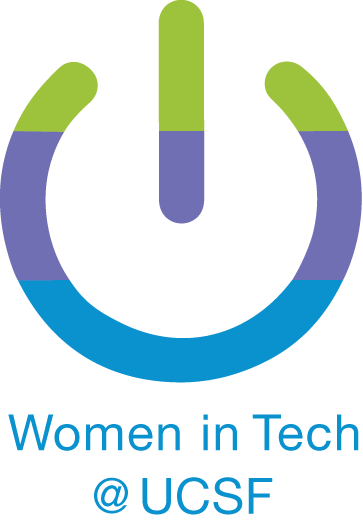Overview
UCSF IT Governance operates as a collective of eight thematic committees that report to a steering committee. The governance structure is populated with approximately 200 members to advise on, and approve, policies, procedures, and priorities for IT at UCSF. Its goal is to support the university’s strategic priorities and its community members to maximize their effectiveness in advancing health. In addition, IT Governance oversees the implementation of UCSF’s new IT Operation Model (ITOM), through the ITOM Steering Committee and a community engagement group.
IT Governance manages IT innovations funds for the transformation of enterprise processes in all mission areas. We advise the CIO and senior administration on IT initiatives and capital projects. UCSF IT governance was founded in 2000 with the creation of the Administrative Systems Advisory Committee, which later evolved to include an Academic Information Systems Board (AISB), and became its current representational IT Governance structure in 2010. IT Governance reports to the Chancellor through regular written updates and an annual presentation to the Chancellor's Cabinet or Chancellor's Executive Team (at the Chancellor’s discretion) and the Budget and Investment Committee.
The eight standing committees include four mission-aligned committees and four capability committees:
Mission-aligned Committees
- Committee on Business Technology (CBT) chaired by Karen Hamblett, Chief Administrative Officer, Department of Clinical Pharmacy
- Care Technology Governance Committee (CTG) is co-chaired by Russ Cucina, Medical Director of Information Technology, and Sheila Antrum, Chief Operating Officer, UCSF Health
- Committee on Education Technology (CET) chaired by Chandler Mayfield, Executive Director, Technology Enhanced Education, School of Medicine Dean's Office
- Committee on Research Technology (CRT) chaired by John Mongan, MD, Ph.D., Associate Chair for Translational Informatics, Director of the Center for Intelligent Imaging and an Associate Professor of Clinical Radiology
Capability Committees
- Committee on Enterprise Information Analytics (EIA) chaired by Jennifer Grandis, MD, Professor, Otolaryngology-Head and Neck Surgery
- Committee on Cybersecurity chaired by Vanessa Ridley,Chief Compliance Officer & Chief Privacy Officer at UCSF Health
- Committee on Technology and Architecture (CTA) chaired by EdMartin, Director ofTechnology, Center for Digital Health
- Committee on Communications Technology (CCT) chaired by Brian Cosgrove,Director, Interactive Strategy & Experience, UCSF Office of Communications
Special Oversight Committee
- IT Operating Model Oversight Committee (ITOM Oversight) co-chaired by AndrewAuerbach, MD MPH,Professor of Medicine, and Sian Shumway, ITOM Program Director.
UCSF IT Governance Guiding Principles
UCSFIT Governance providesa mechanism for technology strategies to be identified, proposed, reviewed, endorsed, implemented, communicated, and supported to further the university's mission. UCSF IT Governance embraces the values of UCSF PRIDE and leads with professionalism, respect, integrity, diversity, and excellence. These values are demonstrated through:
- Transparency: We will be transparent in our decision-making and use of resources.
- Communication: We must communicate the work of IT Governance throughout the organization.
- Accountability: Our committees are accountable for executing their charges and stewarding university resources appropriately.
- Responsibility: We are responsible for the process of strategic IT decision-making and the promotion of successful outcomes across the university.
- Diversity & Inclusion: We promote representation in governance from all members of the UCSF community.
- Community Focus: The needs of the UCSF community will remain a key component of all IT decisions.
- Collaboration: We will advocate for the adoption of common IT solutions and identify opportunities for innovation and improvement that further the university's strategic goals.
- Data: We recognize that university data is an asset, and therefore we must support a secure but accessible data environment.
